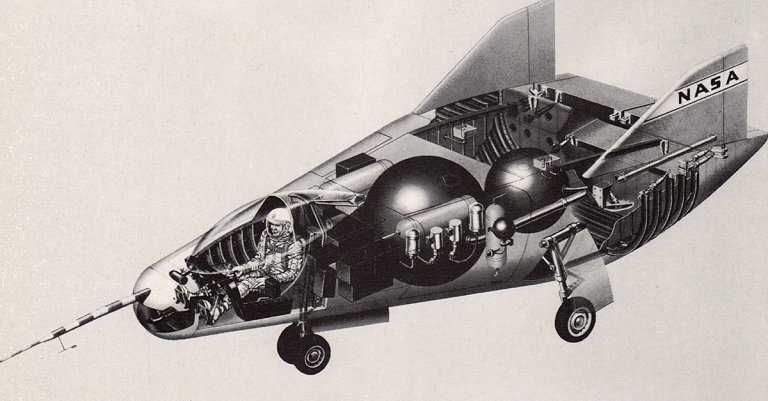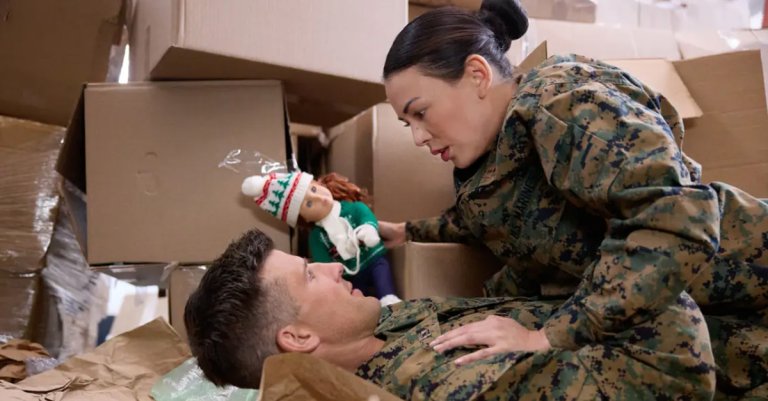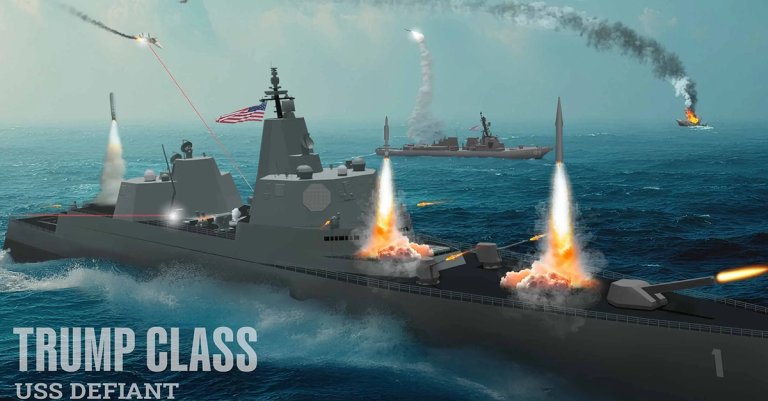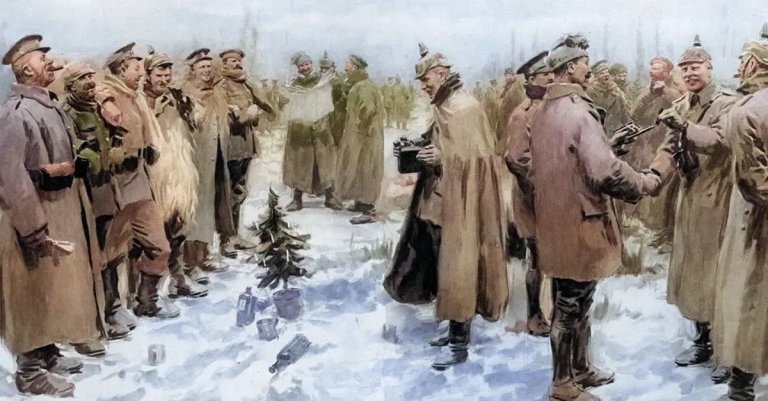

President Ronald Reagan’s Secretary of the Navy, John Lehman, came into office in the early 1980s with an ambitious idea: a 600-ship Navy. Part of that vision was cultural as well as numerical. Lehman wanted to restore some of the tradition and swagger he felt had disappeared after Vietnam, and nothing symbolized that more for him than the Iowa-class battleships built for World War II.
USS Iowa was first commissioned in 1943, fought in World War II and the Korean War, and was decommissioned in 1958. She spent 26 years laid up in the Atlantic Reserve Fleet at the Philadelphia Naval Shipyard before being pulled out of mothballs, modernized, and returned to service. The rush to get her back into the fleet came at a cost: key repairs were skipped or rushed, and Iowa essentially failed a major inspection in 1984.
The inspecting officer recommended pulling her from service immediately. Lehman personally overruled that recommendation and told Atlantic Fleet leaders to fix the problems and get the ship to sea.
By late May 1988, Iowa had a new commanding officer, Capt. Fred Moosally. He canceled a planned $1 million repair of the main gun turrets and redirected the money to upgrade the ship’s power plant instead. According to later reporting by journalist Greg Vistica, between September 1988 and January 1989, the crew received little training on the battleship’s 16-inch guns, partly because of chronic maintenance issues in the turrets.
On April 19, 1989, Iowa was scheduled to conduct a live-fire exercise off Puerto Rico with Vice Adm. Jerome Johnson, the Second Fleet commander, embarked. Moosally wanted the ship to perform well. The night before, fire-control officer Lt. Leo Walsh briefed the planned main battery shoot. Moosally and several senior officers did not attend. During that meeting, turret officer Lt. Cmdr. Michael Skelley announced that Turret Two would take part in an experiment using D-846 powder charges to fire 2,700-pound practice projectiles.
The D-846 powder bags were some of the oldest propellant on the ship, dating back to 1943–1945, and had been designed for 1,900-pound shells. The canisters themselves were marked with a warning not to use them with 2,700-pound projectiles. D-846 burned faster and produced higher pressures than standard powder. Skelley said the goal of the experiment was to tighten the guns’ accuracy. His plan called for Turret Two to fire ten 2,700-pound practice rounds—two from the left gun and four each from the center and right guns—using five bags of D-846 per shot instead of the usual six, aimed at a point in the ocean some 17 nautical miles away.
Skelley’s turret officer, Lt. Cmdr. Larry Ziegler, was uneasy about the center gun crew. Several key sailors there were relatively inexperienced. To bolster them, he reassigned Gunner’s Mate Second Class Clayton Hartwig, a former center gun captain who was awaiting reassignment to a post in London, back to the center gun for the shoot. Because the plan came together late, Hartwig wasn’t told about this change until the morning of April 19.

At 08:31 that day, the crews for Turrets One, Two, and Three were ordered to their battle stations. By about 09:00, the turrets reported ready. Iowa was about 260 nautical miles northeast of Puerto Rico, steaming at 15 knots, as Vice Adm. Johnson and his staff came to the bridge to watch the exercise.
Turret One began firing at 09:33, but the left gun misfired, and the crew couldn’t clear the problem. Instead of resolving that misfire before moving on (standard procedure), Moosally ordered Turret Two to load and fire a full three-gun salvo. Within less than a minute, the right gun in Turret Two was reported loaded and ready, followed shortly by the left gun. In the center gun room, however, Gun Captain Richard Lawrence reported that his crew was not ready and that there was a problem. On the internal phone circuit, Ziegler acknowledged that the center gun was having trouble and tried to keep the crew calm.
Moments later, petty officers monitoring the circuit heard frantic calls from Turret Two. Sailors shouted warnings that the powder was smoldering and that there was a flash in the gun room. At 09:53, the center gun in Turret Two exploded. A fireball blasted out of the open breech, buckling bulkheads and tearing through the gun rooms. Flames and toxic gases raced through the turret’s lower levels. Roughly 2,000 pounds of powder in the handling area ignited shortly after the initial blast, and about nine minutes later, a secondary explosion, likely driven by carbon monoxide buildup, occurred. Forty-seven members of Iowa’s crew were killed.
Within hours, Chief of Naval Operations Adm. Carlisle Trost ordered a halt to all 16-inch gunnery across the fleet. Vice Adm. Joseph Donnell, commander of Surface Forces Atlantic, appointed Commodore Richard Milligan to lead an informal one-officer investigation. Because it was an informal board, witnesses were not sworn, did not have counsel, were not advised of rights, and no one could be charged with a crime based on its findings.
Milligan and his staff, including his chief of staff Capt. Edward Messina, boarded Iowa on April 20. Cleanup of Turret Two continued while they toured the damage and began interviewing the crew. During one interview, a sailor named Dale Meyer described Skelley’s gunnery experiments and said that Moosally and another officer, Cmdr. Steven Kissinger, had allowed those experiments to proceed. According to Meyer, Messina halted the stenographer, pulled Meyer into the passageway, and told him in blunt terms to stop talking about experiments.
From that point, the focus of the Navy’s inquiry shifted away from systemic leadership and maintenance failures and toward Hartwig. Investigators with the Naval Investigative Service (NIS) built a theory around a life insurance policy Hartwig had taken out, naming shipmate Kendall Truitt as beneficiary, suggesting it indicated a secret romantic relationship. They argued that Hartwig had committed suicide by deliberately causing the explosion with some kind of timing device.
NIS agents aggressively questioned Truitt and his wife, asking intrusive questions about their sex lives and pressing both of them about Hartwig’s sexual orientation. While the investigation was still underway, Navy public affairs officials in Washington leaked elements of the developing theory to the press, and news stories soon appeared accusing Hartwig of intentionally blowing up the turret after a relationship with Truitt soured.

On July 15, 1989, the officer in charge of the investigation submitted a roughly 60-page report. It concluded that the explosion was a deliberate act “most probably” carried out by Hartwig using an electronic timer hidden between the powder bags, which had allegedly been over-rammed into the breech under his direction.
The families of the dead sailors were outraged. They began sharing internal information and concerns with reporters, and a wave of coverage highlighted serious flaws in the Navy’s investigation: contamination and destruction of physical evidence, the narrow focus on Hartwig, and the failure to fully explore other possible causes. In response, the House Armed Services Committee launched its own investigation.
In March 1990, the committee released a report titled “USS Iowa Tragedy: An Investigative Failure.” It blasted the Navy for settling too quickly on intentional sabotage without ruling out all accidental explanations, allowing the turret and projectiles to be contaminated, permitting evidence to be discarded at sea, and endorsing the investigative report before technical testing was complete. The report also criticized NIS for sloppy work, improper interview techniques, and leaks of sensitive material. It concluded that the officer chosen to run the investigation should never have been put in charge.
A separate technical investigation by outside engineers and scientists reproduced an accidental over-ramming of powder bags that could cause a similar explosion. Those researchers concluded that an over-ram was the likely cause. Even so, the Navy’s follow-up investigation essentially reaffirmed its earlier findings that the blast was an intentional act by Hartwig.
On Oct. 17, 1991, about 17 months after reopening the case, CNO Adm. Frank Kelso held a press conference at the Pentagon. He said the Navy had spent about $25 million investigating the disaster and that it had found no evidence of improper gun operation, no definitive accidental cause, and no proof that the explosion was intentional. Kelso ordered that the Navy never again use a one-officer informal board to investigate a similar catastrophe. He expressed regret to Hartwig’s family and apologized to all the families of the dead sailors, acknowledging that after all the time and effort, the service still could not say with certainty what had caused the blast.
Iowa was decommissioned at Norfolk on Oct. 26, 1990. In May 2012, she was towed to the Port of Los Angeles, where she now operates as a museum ship. The other two active battleships of the class, Wisconsin and Missouri, served in the Persian Gulf from August 1990 to February 1991. During Operation Desert Storm, they fired 1,182 sixteen-inch shells in combat support, all without a serious mishap.
Don’t Miss the Best of We Are The Mighty
• The U.S. Navy unloaded on the Iranians in the most explosive surface battle since World War II
• The Navy is spending $1.1 billion on the most successful air-to-air missile in the world
• How cribbage became the card game that rules the Navy’s Submarine Force





